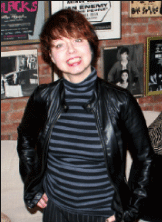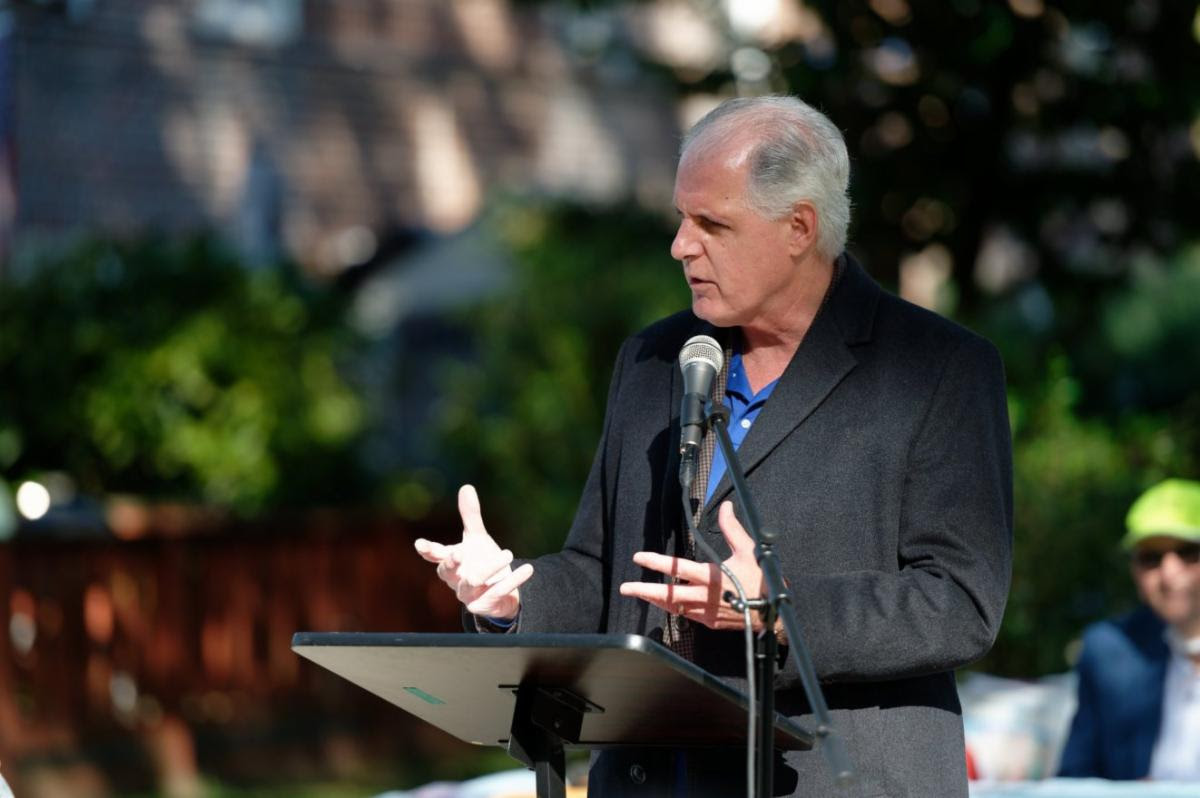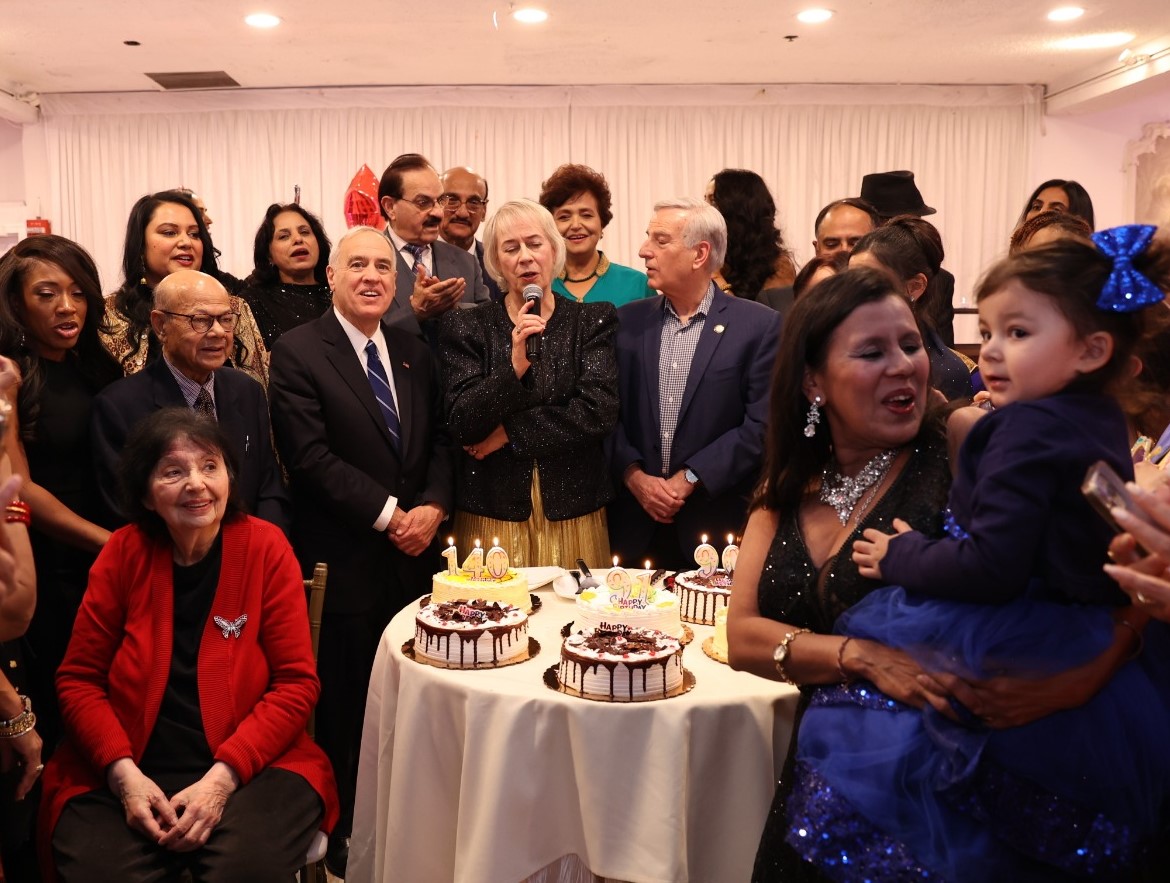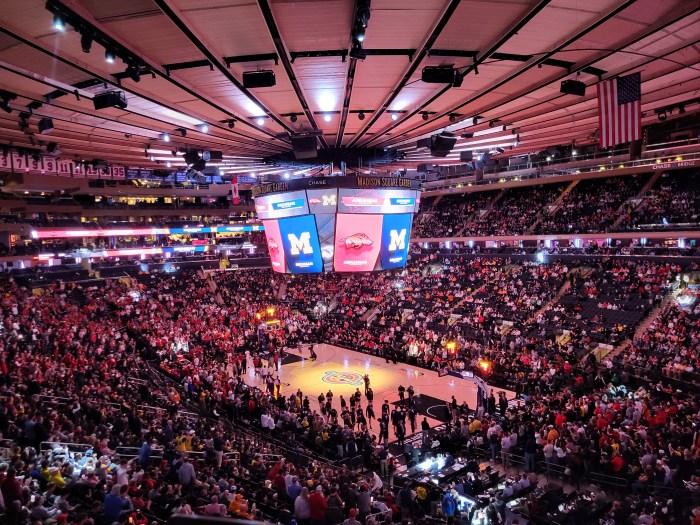By Monica Uszerowicz
To worry is to use the imagination wastefully: This was the philosophy of Gene Frankel, one of Off-Broadway’s icons and its muse. With the ongoing attrition of the city’s avant-garde theater spaces, Frankel’s story has become the already-wrought tale of the unsung hero. Better remembered are his contemporaries, though it was his spirit that helped set all of them into collective motion.
Frankel’s death in 2005 underscored a particular truth about the history of places like his Gene Frankel Theater at 24 Bond St.: The loss of the muse inspiring a space and its accompanying lifestyle is invariably followed by the loss of its soul.
Gail Thacker, a visionary in her own right, has become both messenger and savior in her attempts to maintain the integrity of the theater’s mission. Her worry for the state of the theater currently has focused on raising $20,000 to pay outstanding rent bills.
Thacker came to New York nearly 30 years ago after attending The School of the Museum of Fine Arts in Boston. Her own work involves the pursuit of accidental occurrences in both the natural and the processed: Introduced to large-format Polaroids by her closest friend, the late Mark Morrisroe, she alters the photos’ surfaces with various substances, sometimes allowing the images to fester, subjecting them to the elements. The moldy distortions extend the Polaroid photos to the realm of the painterly.
“It’s funny,” she said, “that whole idea of accidental occurrences in my art and in my life. I’m an artist who ended up in a theater.”
Gene Frankel opened his first theater in 1949 on W. 41st St. In his personal timeline, he deemed himself “a man with an edifice complex” — for the rest of his career he would be moving, running from a building about to collapse or finding himself subject to the ongoing transformations of the city. Some theaters were sold; one was razed to make room for the Port Authority bus terminal.
As the 1980s brought Thacker to New York, the decade found Frankel in Noho. Here he would create his altar, the physical crux of his career; the Bond St. space is decorated with the emblems of his life: a poster for Jean Genet’s “The Blacks,” which Frankel directed pre-civil rights movement, though he was already fighting for racial equality; photos of him kissing Anne Bancroft’s cheek and alongside Paul Newman, his former classmate at the New Actors’ School; his first Obie Award — the first Obie Award — for his production of “Volpone.”
It was happenstance — the same artistic ghosts of New York City that haunt the theater now — that led Thacker to Frankel. Out of a job and following the advice of her friend, former glam-rock star Brett Smiley, she met the director, already in his old age, who asked her, “Do you want to be an artist or do you have to be an artist?” It is a quote of mythical proportions, but Thacker asserts this was Frankel’s nature. Her answer was in keeping with the myth and her own personal truth; she was hired as his assistant immediately.
Left to organize his Summerfest 2002, an intense work-study program, while Frankel was in the hospital, she worked with contemporaries of Frankel’s like James Earl Jones and Marian Seldes. A year later, she became manager of the theater, where she was privy to an art unlike her own in practice but not in sincerity.
She explained, “His motto was, ‘You don’t get the Gene Frankel technique, you get Gene Frankel.’ So when he died — and after he made me promise to continue that legacy —there was no way to continue his school. It was one built on personality, on truth. There could be no exaggeration, only truth.”
The many quotes and -isms of Gene Frankel have come to inform Thacker’s life, but there is reason for her worry:
“It is hard to promote and embody his spirit,” she explained. “There is the struggle of bringing in new actors and maintaining the legacy. I had benefactors for a while. But it’s no longer the age of the art patron; so many spaces like this are shutting down. This place brings artistic integrity to the neighborhood. I really feel it in my heart that I need to keep this theater open.”
Indeed, the Gene Frankel Theater is living history. Robert Mapplethorpe and Patti Smith both lived in the building above the space for a time. Sam Rivers, the jazz musician, had a kitchen in the back, in a space now used for storage.
“Places like this,” Thacker said, “are the reason people come to New York in the first place. People need an affordable space to make art. ”
Thacker flits around the theater, her smallish figure seemingly occupying many spaces at once.
“I wear a lot of hats,” she said. Her own photos, one of Astor Place and another of artist Rafael Sanchez, are hung above her desk.
At this point, after several thousand dollars have been fundraised, barely more than $15,000 would bring the Gene Frankel Theater out of its state of worry and place its focus solely on artistically uplifting imagination.
The end of the Polaroids did not signal the end of Thacker’s career; she remains a photographer and has taken on the responsibilities of a former living legend. With the loss of artistic figures and physical spaces often comes the end of what they represented: affordability, social significance, artistic integrity. Should the theater disappear, another cultural stronghold would go the way of its founder and New York would be in danger of losing another part of its soul.




































